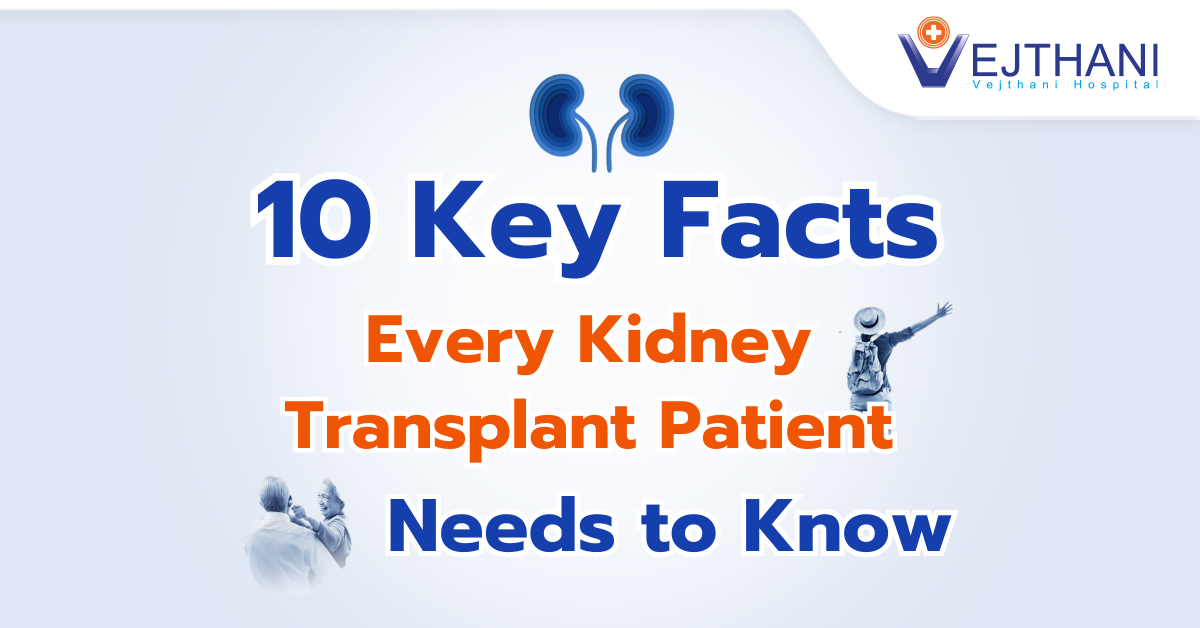
Continuous glucose monitoring (CGM)
Overview
Continuous glucose monitoring (CGM) is a wearable device that continuously tracks your blood sugar (glucose) levels. A sensor placed under your skin monitors glucose in real time, and a transmitter sends the data to a wearable device or smartphone. With CGM, you can easily monitor changes in your glucose levels throughout the day, allowing for better diabetes management with fewer fingerstick tests.
Blood sugar levels are influenced by a number of factors, some of which are unpredictable, which makes monitoring your blood sugar levels are particularly important. It takes some time to become knowledgeable with using a CGM, but it can make health management easier.
There are many different kinds of CGM devices available, and the field is developing quickly. Certain CGMs offer automated insulin delivery systems by connecting to insulin pumps. If you would want more information on CGMs, speak with your healthcare provider.
Reasons for undergoing the procedure
CGMs are mostly used by diabetics. However, healthcare providers might advise CGMs for different conditions that affect blood sugar levels, such as:
- Certain glycogen storage diseases, which can lead to recurrent episodes of low blood sugar.
- Insulinoma, an uncommon tumor that causes severe hypoglycemia by secreting too much insulin.
- Obesity.
- Prediabetes.
If you believe a CGM could improve your health, speak with your healthcare provider.
Risks
CGMs are very beneficial devices. However, they are not without restrictions. CGM systems can malfunction, have problems, or be inaccurate like any other technology. The things to watch out for and how to troubleshoot them will be covered by your CGM trainer.
The accuracy of some CGM sensors can potentially be affected by particular medications and supplements, such as:
- Ascorbic acid or vitamin C.
- Medication for sickle cell anemia such as hydroxyurea.
- Acetaminophen.
Your CGM may provide an incorrect high or low reading for glucose due to specific medications and supplements. It’s important to speak with your CGM device’s maker to find out what could be affecting its accuracy.
Among the things you should consider CGM disadvantages are:
- Cost: When considering alternatives to fingerstick checks, CGMs and the supplies they need can be costly.
- Too much information: CGMs provide an extensive amount of information, which may be both extremely beneficial and overwhelming. This could worsen burnout or diabetes distress in certain people.
- Fatigue: Your CGM may sound many alarms each day, depending on your settings. This could get upsetting and cause burnout. It might also keep you from sleeping.
- Attached to the body: CGMs are consistently affixed to your body as additional hardware, which may require an adjustment period. If desired, there are numerous methods available for concealing them.
- Reactions to adhesives: Certain individuals may develop allergic reactions to the skin adhesives used by CGM devices.
If you are encountering any of these problems, consider scheduling an appointment with your healthcare provider. They can provide guidance on making CGM usage more manageable by sharing helpful tips and tricks.
Procedure
There are several CGM devices available today, each functioning similarly. Their features, looks, and user experiences are where they differ most from each other.
The following are the three basic components to every CGM:
- Sensor: The sensor is a small piece of material designed to monitor glucose levels in your interstitial fluid in real time. It is inserted under your skin using an applicator that includes a needle for piercing the skin. Once the needle is removed, the sensor remains in place. Sensors usually remain effective for seven to 15 days, depending on the brand. In contrast, an implantable CGM system lasts for months. It’s a small pellet, about 18 millimeters in length, that a healthcare provider inserts beneath the skin of your upper arm.
- Transmitter: Every CGM system uses a transmitter to send glucose data wirelessly from the sensor to a display device. The transmitter in certain systems can be attached to every new sensor and is reusable. In some, the disposable sensor itself incorporates the transmitter.
- Smartphone app, receiver or insulin pumps: This technology displays your current glucose levels in real time and presents a graph of your past readings. It can also indicate whether your glucose is rising or falling, and the rate of change. Apps for smartphones are available for most CGMs to display data. Some provide portable gadgets in case you don’t utilize a smartphone. Certain CGM devices have the ability to transmit glucose data to an insulin pump that is compatible.
A CGM continuously measures glucose levels in the interstitial fluid (fluid between cells) using a sensor inserted under the skin. Generally, here’s how a CGM works:
- You place a small sensor just beneath your skin, typically on your abdomen or arm. An applicator makes this step quick and easy to complete. Adhesive tape secures the sensor in position.
- You’ll either attach the CGM transmitter to the sensor, or they may already be connected when you insert the device. Some transmitters need to be charged before being connected to the sensor. You might also want to apply extra adhesive over the transmitter and sensor to secure it on your skin.
- There is typically a “warm-up” period (which can be anywhere from 30 minutes to two hours) before the sensor starts transmitting data, depending on the type of CGM.
- Following the warm-up, the majority of CGMs begin automatically sharing glucose data. Before sharing data, some demand a fingerstick blood glucose calibration.
- Once activated, your current glucose levels will be displayed on your smartphone app, receiver, or insulin pump for the duration of the sensor’s lifespan. You can customize alarms and settings on your app, receiver, or pump to notify you when your glucose levels are outside your preferred range, which varies from person to person.
- When the sensor reaches the end of its lifespan or malfunctions, you will need to initiate the setup process again.
You have the option to download CGM data, including trends and history, to a computer at any time. Certain CGM systems transmit data continuously. Additionally, you can share this information with your healthcare provider as needed.
Learning how to operate a CGM device requires time and patience, but you don’t have to navigate it alone. Once you’ve decided to acquire a CGM and have obtained a prescription, a qualified professional will assist you in understanding its proper usage.
Outcome
Management of diabetes can be made simpler by using a CGM device. According to several studies, people with Type 1 and Type 2 diabetes who use a continuous glucose monitor (CGM) report fewer hypoglycemic episodes and lower A1C values.
A CGM device has the capability to:
- Provides a broader perspective on how diabetes impacts you: A CGM monitors glucose levels every few minutes, offering a comprehensive view of your glucose fluctuations over time. This data assist both you and your healthcare provider in understanding the influence of factors such as food, activity, stress, and illness on your glucose levels.
- Contribute to more personalized care: While CGM devices provide information on glucose fluctuations, they don’t explain the underlying reasons. However, you and your healthcare provider can download CGM data to analyze patterns and trends. This collaborative review allows for personalized care adjustments based on the insights gained.
- Alert you to elevated and decreased levels: When your blood sugar levels noticeably rise or fall, the majority of CGM devices notify you. This makes it possible to regulate or stop episodes of high or low blood sugar quickly, before they worsen.
- Reduce the quantity of fingerstick checks necessary: The number of daily fingerstick checks that are required is significantly reduced with CGMs.
Severe high or low blood sugar levels can be extremely dangerous if left untreated for long periods. These conditions can lead to seizures, coma, or even death. To prevent such complications, it’s crucial to maintain blood sugar levels within a healthy range. If you experience any concerning symptoms, contact your healthcare provider immediately.
Contact Information
service@vejthani.com






















